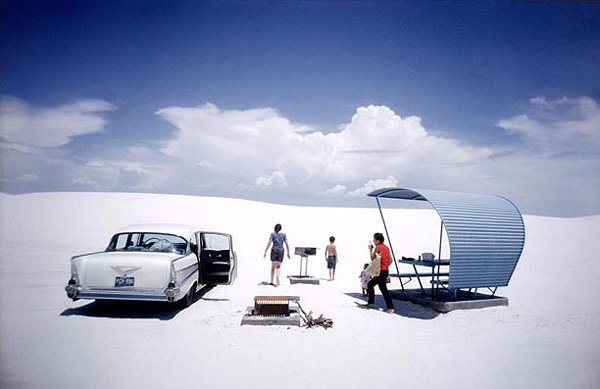Garry Winogrand: 1964

About the Exhibition
Winogrand 1964, curated by Trudy Wilner Stack, and produced by the Center for Creative Photography, gives cohesive form to Garry Winogrand’s America in 185 photographs made in a single year, the majority previously unknown. Taken together, these images depict the country at a cultural crossroads, a superpower increasingly linked by mass consumerism and television, but still a naive and quirky frontier nation. A year after the assassination of JFK, Winogrand summons the national mood as the Vietnam War begins and the Civil Rights movement inspires both race riots and significant legislation. In the year of Dr. Strangelove and the New York World’s Fair, Winogrand searches for meaning in his work and the world it reflects: “I look at the pictures I have done up to now, ” he wrote in 1963, “and they make me feel that who we are and what we feel and what is to become of us just doesn’t matter… I cannot accept my conclusions, and so I must continue this photographic investigation further and deeper.”
Garry Winogrand (1928-1984) was a native New Yorker whose photography of public life epitomized the indigenous pulse and social complexity of the urban scene after World War II. In 1964, with the support of the first of three Guggenheim fellowships, he traveled for four months to fourteen states and recorded an America in transition, making some of his most famous photographs, many of which were shown in The Museum of Modern Art’s pivotal 1967 exhibition New Documents. Part of that selection remained unpublished and relatively unknown until now, as did over a hundred more new images culled from Garry Winogrand’s vast archive at the Center for Creative Photogaphy at the University of Arizona in Tucson.
Image Gallery
